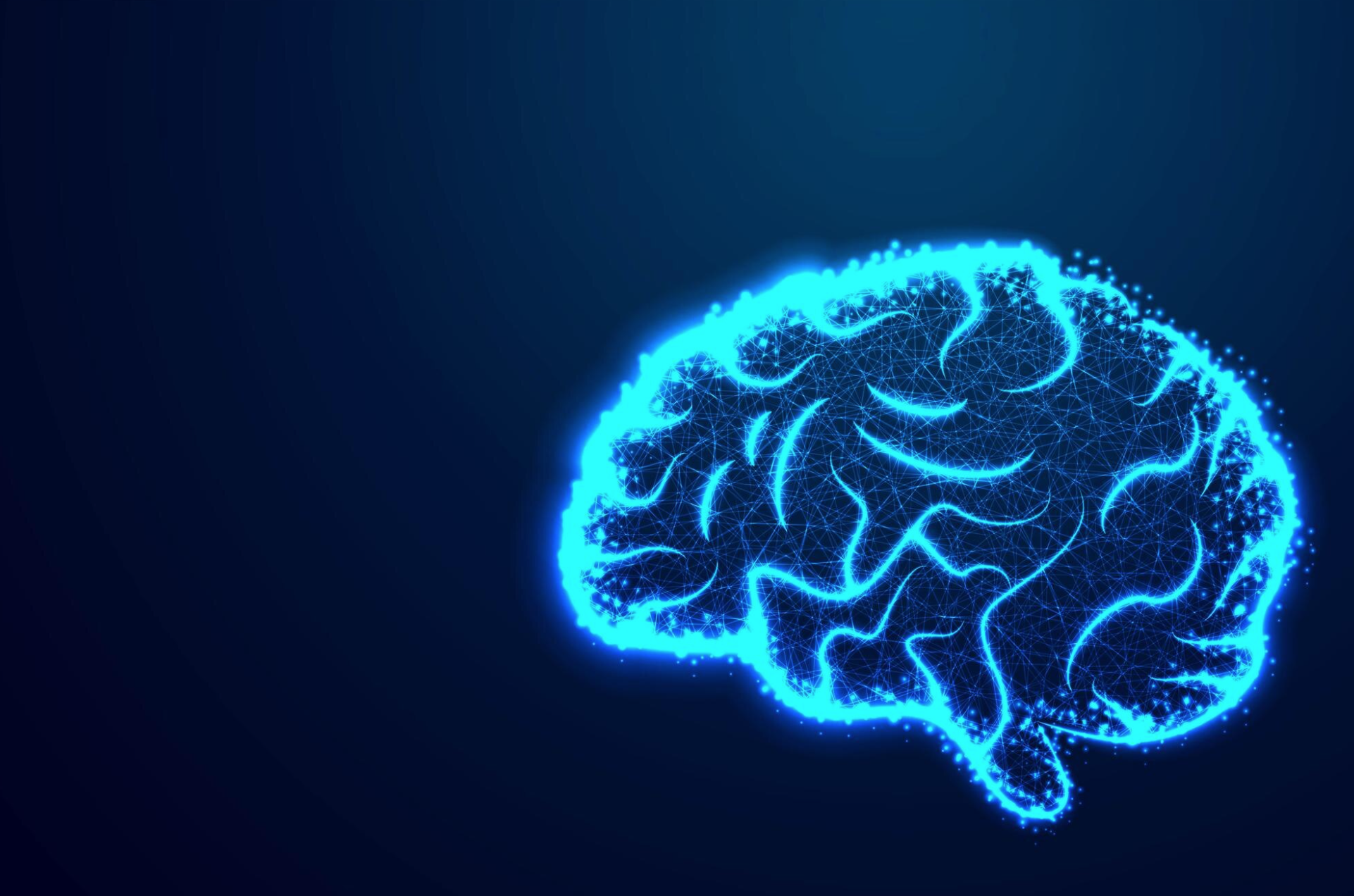A Comprehensive Guide on Continence Products
Understanding Continence Products
Continence products are essential for individuals experiencing urinary or fecal incontinence. They help manage leaks, maintain hygiene, and improve the quality of life. Here, we explore the different types of continence pads, their capacities, and what factors to consider when choosing the right product.
Types of Continence Pads
- Disposable Pads
- Light Absorbency Pads: Designed for those with light urinary incontinence, these pads are thin and discreet, suitable for everyday use.
- Moderate Absorbency Pads: These offer a higher absorbency level and are ideal for moderate incontinence. They provide more coverage and protection.
- Heavy Absorbency Pads: Best for severe incontinence, heavy absorbency pads offer maximum protection and can handle large volumes of urine.
- Reusable Pads
- Washable Pads: Made from durable materials, these pads can be washed and reused multiple times. They are environmentally friendly and cost-effective in the long run.
- Insert Pads: These are designed to be used with specially designed underwear or protective briefs, providing flexibility and comfort.
- Shaped Pads
- Hourglass Pads: With an ergonomic design, hourglass pads offer a secure fit and are less likely to shift, providing reliable protection.
- Contour Pads: These pads conform to the body’s shape, ensuring a snug fit and minimizing leakage.
Capacity and Absorbency
Continence pads come in various capacities, designed to meet different levels of incontinence. Understanding these levels is crucial for selecting the right product.
- Light Absorbency (up to 200 ml): Ideal for minor leaks or post-urinary drip. Suitable for active individuals who need discreet protection.
- Moderate Absorbency (200-500 ml): Suitable for moderate incontinence, these pads can handle a few small leaks throughout the day.
- Heavy Absorbency (500-1000 ml): Designed for severe incontinence, these pads provide maximum protection, making them suitable for overnight use or extended periods.
- Super Absorbency (1000+ ml): These pads are for individuals with very high incontinence needs, offering the highest level of protection.
Key Features to Consider
- Size and Fit: Choosing the right size ensures comfort and effectiveness. Pads that are too small may leak, while those that are too large can be bulky and uncomfortable.
- Material: Look for pads with soft, breathable materials to prevent skin irritation and ensure comfort.
- Odor Control: Many pads come with odor-neutralizing properties to maintain freshness and discretion.
- Adhesive Strips: Adhesive strips help keep the pad in place, preventing it from shifting during movement.
How to Choose the Right Continence Pad
Selecting the appropriate continence pad depends on several factors, including the level of incontinence, lifestyle, and personal preferences. Here are some tips:
- Assess Your Needs: Determine the severity of incontinence and the typical volume of urine loss.
- Consider Your Activity Level: Active individuals may prefer thinner, more discreet pads, while those with limited mobility might prioritize higher absorbency and security.
- Consult Healthcare Providers: A healthcare professional can provide personalized recommendations based on individual needs and medical history.









